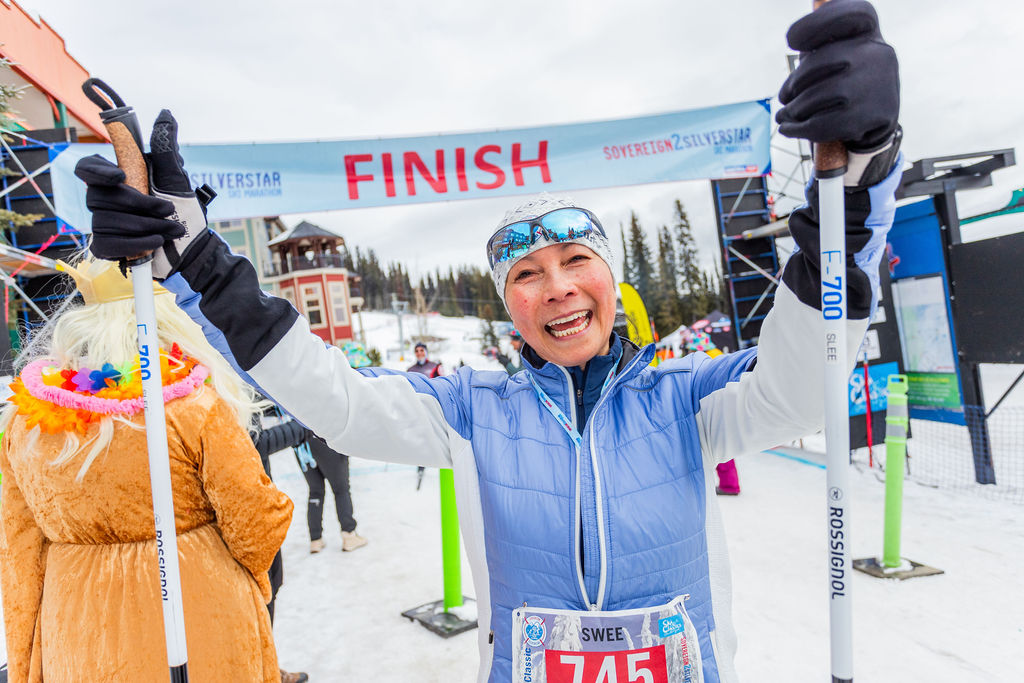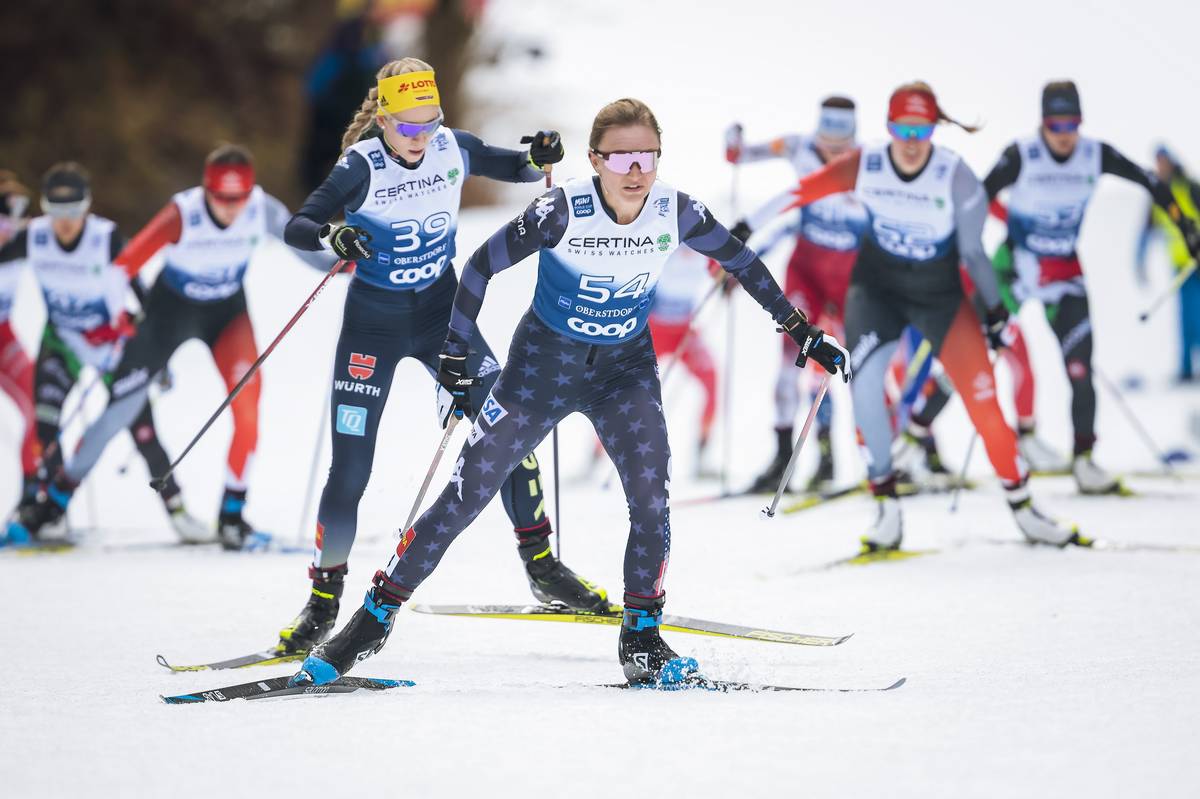This won’t be easy.
Seeing a “normal” World Cup season go down will take considerable coordination, stakeholder buy-in to behavioral modifications aimed at community wellness not necessarily individual needs, and broader control over the spread of Covid-19. Here in the U.S., the major sports, NBA, WNBA, NHL, MSL, and MLB, have opened their respective seasons. The models for each league differ, the NBA maintains a relatively strict bubble, whereas the MLB chose a more lax approach with teams traveling from city to city. From a lens pulled back perspective, the NBA’s strict bubble appears to work, the MLB, maybe not so much.
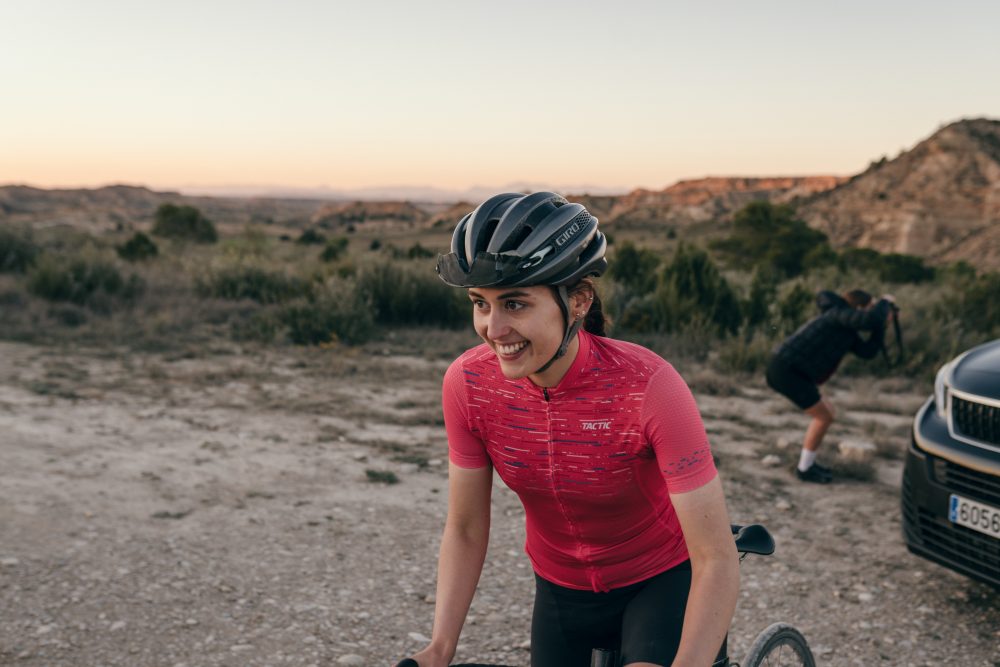
That got us thinking out about European sport, and cycling specifically. With none of the major Tours playing out just yet, bike racing has opened up and races run. Cycling Tips, a site dedicated to covering the world of cycling, published a piece in late July titled How coronavirus has affected bike racing: An on-the-ground perspective reported by Girona, Spain based writer and cyclist Amy Jones. She covered two UCI* level 1.1 women’s races, Emakumeen Nafarroako Klasikoa and Clasica Femenina Navarra, both based out of Pamplona.
What she found was a new look: Masks, temperature checks, and social distancing, but also a sense that racing life looked normal. Which was something both positive and negative.
Road racing differs from cross-country ski racing in some key ways when it comes to mitigating Covid-19. First, road races are held on publicly accessed roads, ski races most often are held in closed arenas. Most arenas are accessed with a ticket and specific areas of the course are open or closed to the general public. Depending on the ticket, one can take a seat in the stands or venture further out on course. Oslo’s famed Holmenkollen is a good example of a venue where public access is controlled, but fans can line up five deep and literally reach out at some points and breath down on racers. A rowdy and booze-laden scene atop the Frognerseteren comes to mind.
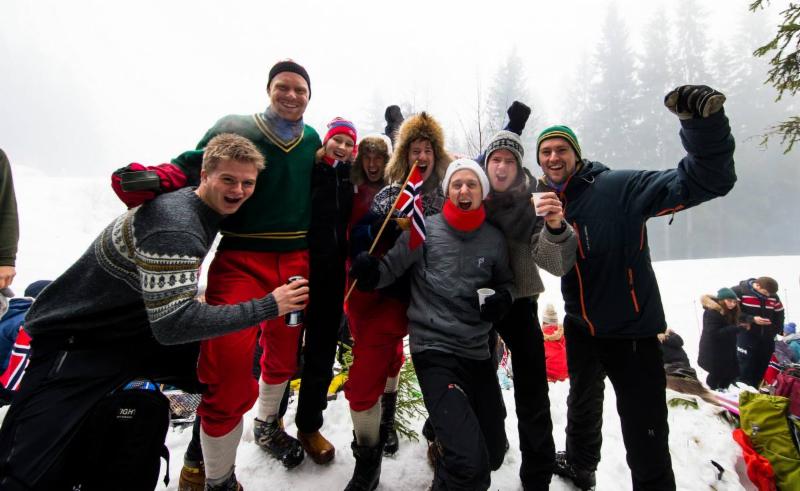
Be it UCI cycling or FIS level skiing, the goal remains the same — provide athletes and fans with a close approximation of a pre-pandemic product with the caveat that events are safe for all.
What Jones observed was a mixed bag of adherence to safety protocols which most often correlated to the size of the team’s budget.
From the athlete perspective, Jones found that many simply wanted to race. The need for tapping into their high end gears after such a lengthy race hiatus left many focused on their race effort rather then the potential risks involved.
“The kind of attitude I got, and speaking of the riders at the race I went to, is more, I think, athletes have this mentality that they are not necessarily thinking about their own health in a way,” said Jones. “I think they are thinking of Coronavirus more of how it affects their careers and their ability to race than anything else. On an individual health level, I mean probably they have thought about it, but they are not talking about it. I think the main theme is this: We just want to race. It has been ages since we have raced and we just want to be able to go and do it.’”

Many UCI women’s races have been canceled. The two races Jones attended in Pamplona were the first of the resurrected season. With a truncated schedule already, Jones said one key concern was the diminished media exposure of the women’s scene despite some recent positive trends inching their way towards equity – which remains a long way off. Jones continued that one concern discussed among the peloton was the likelihood of an economic domino effect. With less exposure and in turn less money in the sport due to the pandemic, the thinking goes, wages and team rosters may diminish. Although this is speculation, a similar domino effect could compromise an international cross-country race circuit already experiencing a budget crunch prior to the onset of Covid-19.
On August 19 FIS published the World Cup Risk Management Covid-19 Testing Protocol. Like other sport governing bodies, like the UCI, FIS will blend a mix of antibody testing to determine past covid-19 exposure, with strict PCR testing to determine if an athlete, service member, or coach has an active Covid-19 case prior to arriving at a race venue. This information will be recorded in what FIS calls a “Covid-19 Immunity Passport”. Although this is simply a brief rundown of precautions and practices, it appears FIS is moving to make the racing as lock tight as possible.
Last week, FIS announced the cancellation of all North American World Cup stops on its alpine calendar and a no-spectator allowed first series of races in Sölden, Austria.
All of this does not come cheap.
Jones observed a disparity between well funded and poorly funded teams and their ability to meet UCI Covid-19 mandates. This may not manifest on the World Cup, but team funding and budget disparities are real on both circuits.
A typical PCR test, for example, is $100.00 dollars. With PCR testing required by FIS every three to four days during an event, the costs could be considerable. FIS states, “Costs for testing are carried by the person or responsible group (i.e. team, FIS, Organiser for workforce, broadcaster, etc.)”
On the women’s cycling scene, only World Tour teams are required to have a team doctor. “That doctor does not have to go to the races, they can just be a doctor on paper,” Jones said. “The Continental teams, the next level down, don’t have to have any doctor whatsoever but they probably could not afford one anyway. So, in terms of COVID, it definitely has an effect as the CCC-Liv team doctor pointed out to me. In order for the teams to submit the COVID tests results, they need a doctor to do that. So that obviously is going to inhibit some teams massively — the smaller teams which have much lower budgets have to seek out a doctor and presumably pay them to then submit their test results to the UCI. That definitely has an effect.”
As far as the racing environment, Jones noted “how normal things felt and how different each team’s response was.” That, she explained, came down to mask wearing and social distancing. Jones said the normal looked like this: “We would stand on the finish line, there were photographers, everybody was crowded around the podium, the public was kept back, but there was no stopping the public from leaning over the barrier and touching the bike or a rider. But we were all social distancing.”
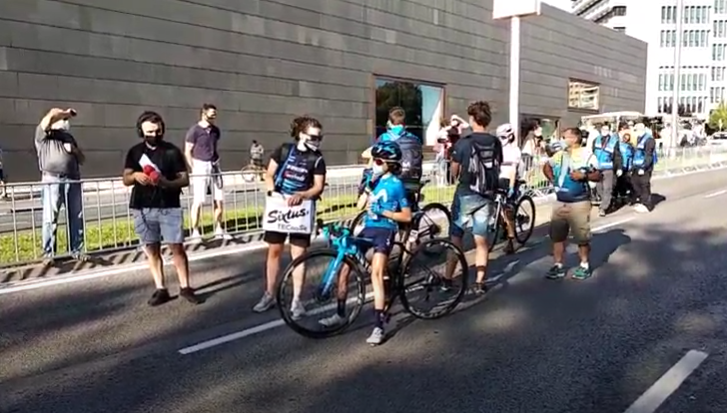
“The organizer of the races we attended had a hard task, it was the first race,” said Jones. “They did what they could with the information they had from the UCI. They did a really good job of getting testing for the teams for the first race. Practically, logistic wise, it is really tough because cycling is such an open sport to the public.”
She explained that mask wearing in Europe is not necessarily normalized. On the start line, where all were expected to don masks prior to the start, mask wearing was varied.
“We spoke to a soigneur from one team and she said they had been told that everybody must wear a mask on the start line. They can take it off just one minute before the start and place it in their pocket and keep it with them until they cross the finish line, when they must put it back on. But actually when we got to the race, there were some people doing that, but they were in the minority. Everybody else was passing them down to the soigneurs who were putting them in individual plastic bags. And in other cases they were just wearing disposable masks that were being thrown.
“People were generally really good at wearing them while walking around. But the riders themselves, it is not your first instinct to cross the line of the bike race and put a mask on your face when you cannot really breath.”
A relatively easy large scale fix, Jones said, would be to better delineate where the riders can maintain their bubbles and the public is kept at bay. That, she added, might be accomplished through better marking of the start and finish areas. And it could help mitigate exposure when mask wearing among athletes is inconsistent.
Yes, bubbles. Bubbles appear to be one of the best ways to minimize virus spread. That relies on athlete and stakeholder compliance. According to Jones, the UCI asks that each team form strict social bubbles. At the race proper, the peloton as a whole becomes a larger bubble.
“It is kind of contradictory to say, ‘OK you need to wear a mask all the time on the start line, and then go elbow to elbow with people breathing really heavily, and god knows what else in the middle of the peloton, because if one person has it in there, then that is it,” said Jones.
The slow rollout to normalcy is on in some places. That said, nothing this winter will be normal. As FIS gathers its experts and teams prepare visas, stock up on a near lifetime supply of soap, hand sanitizer, and masks, we can all learn from what comes before.

*The UCI is the Union Cycliste International. The UCI is the global governing body for cycling.
Jason Albert
Jason lives in Bend, Ore., and can often be seen chasing his two boys around town. He’s a self-proclaimed audio geek. That all started back in the early 1990s when he convinced a naive public radio editor he should report a story from Alaska’s, Ruth Gorge. Now, Jason’s common companion is his field-recording gear.


